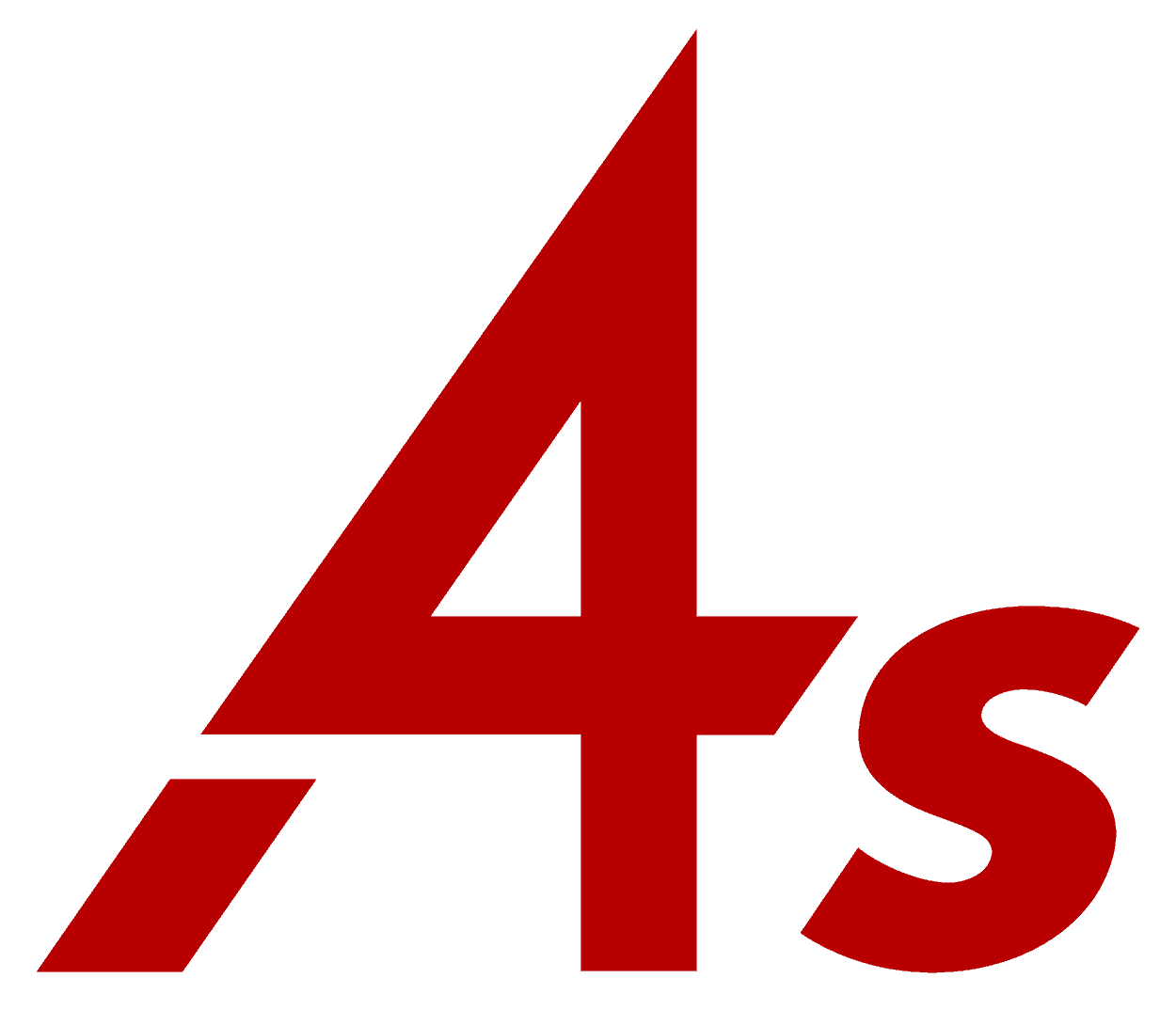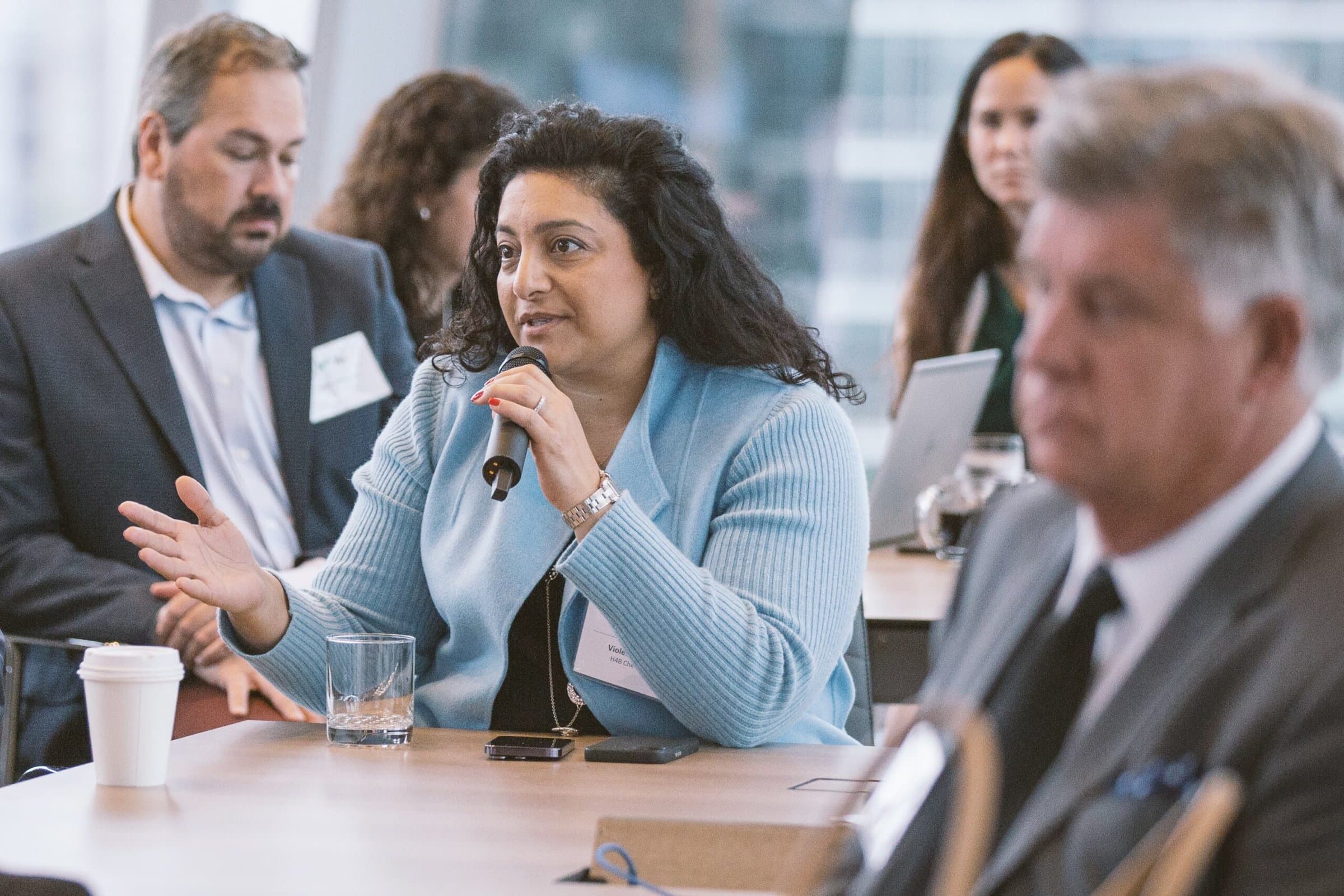Topic
- Government Relations
- Labor
- Privacy Law
- Taxation
With a new state privacy law enacted in Utah and updates to pay transparency laws in Washington state and New York City respectively, the 4As Government Relations April 2022 newsletter brings you the latest news on the laws and regulations that could affect our members’ operations and bottom line.
This month, our bulletin chronicles a Maryland Digital Ad tax legal and operational update, a Copyright Claims Board rulemaking on upcoming body procedures, a New York freelancer rights bill, the legal reinstatement of a Trump-era independent contractor rule, and more.
——————————————————————————————–
Utah Becomes Fourth State to Enact a Comprehensive Privacy Law
On March 24, Utah Governor Spencer Cox signed the Utah Consumer Privacy Act (UCPA), enacting the country’s fourth comprehensive data privacy law. The law will take effect on December 31, 2023.
Similar in design to Virginia’s privacy law (“VCDPA”), the law will apply to entities (with some exceptions) that:
- Conduct business in Utah or produce a product or service targeted to Utah residents;
- Have an annual gross revenue of over $25 million; and
- Either (i) control or process the personal data of at least 100,000 residents or (ii) derive over 50% of its gross revenue from the “sale” of personal data and controls or processes personal data of at least 25,000 Utah residents.
The UCPA provides consumers rights to access, delete, and confirm information collected about them by covered entities. The right to delete only applies to personal data provided by the consumer and not all data the controller has obtained about the consumer. The law also grants consumers data portability and a non-discrimination right. The law does not include a consumer right to correct inaccuracies in personal data.
Consistent with the VCDPA, the UCPA would provide Utah consumers with rights to opt-out of the “sale” of their personal data and targeted advertising. However, it would not provide consumers with the right to opt-out of certain “profiling” activities, distinguishing it from the VCDPA. The definitions of “sale” and “targeted advertising” generally follow the VCDPA’s approach, though “sale” is arguably narrower under the UCPA.
Similar to all other state privacy laws, the law grants enforcement to the Utah Attorney General, without any inclusion of a private right of action. Once a violation is referred to the Attorney General, there is a 30-day notice and cure period for violations with no sunset date. Notably different from other existing state laws, the UCPA does not require controllers to undertake data protection assessments for these (or any other) activities. Unlike California’s and Colorado’s laws, the UCPA does not require controllers to honor Global Privacy Control signals that enable users to opt out of the sale of personal data and targeted advertising on their browser instead of a site managed by the controller.
Our updated state privacy law chart shows more details on how Utah’s law compares to other states.
State Pay Range Disclosure Laws Update: Guidance Issued in NYC; Revised Law in WA
Pay range disclosure laws continue to advance in states and municipalities across the U.S, with more possible as we inch toward the end of the 2022 state legislative season. Agencies will need to review these laws and update their hiring practices and online job postings to ensure they are in proper compliance. An updated chart that includes all state and municipalities pay range transparency can be found here.
New York City Update
Per Int. No. 1208-B, beginning on May 15, 2022, all New York City employers must state the minimum and maximum salary range associated with an advertised “job, promotion, or transfer opportunity,” both internally and externally. The New York City Commission on Human Rights (NYCCHR) recently issued guidance on the impending disclosure requirement in the form of a fact sheet. The guidance confirms that the salary transparency law applies to employers with four or more employees. The four employees do not all need to work in New York City to trigger coverage. It also clarifies that the advertisement does not need to include other forms of compensation or benefits. Other key takeaways from the guidance document can be found here.
In March 2022, members of the New York City Council also introduced Int. 134, a bill that would amend New York City’s impending pay transparency law and delay its implementation until November 1, 2022. Int. 134 is now being considered by the New York City Council after a lengthy hearing was held on April 5. Business groups testified at length against the current law. If amendment bill Int. 134 is passed by the Council, the bill will be presented to New York City Mayor Eric Adams, who will have thirty days to sign the bill, veto it, or take no action. If Mayor Adams takes no action within the thirty days, the bill will become law. At this time, Mayor Adams has not taken a position on the proposed amendments.
Washington State Update
Washington state recently doubled down on its salary transparency legislation.
In May 2021 Washington implemented one of the more moderate approaches to pay transparency. Under this current law, employers with 15 or more employees are required to provide applicants the “minimum wage or salary” for a position, but only after an offer has been made and upon applicant request. Similarly, employers must also provide the “wage scale or salary range” for internal transfers, but only after an internal transfer or promotion has been offered and upon employee request.
In March 2022, Washington enacted a new pay transparency law to better align itself with the more aggressive pay transparency regime implemented in Colorado. Starting on Jan. 1, 2023, Washington employers with 15 or more employees will now be required to affirmatively disclose in all job postings a “wage scale or salary range” and a description of “benefits and all other compensation,” regardless of offer status or applicant request. Similarly, employers would also be required to disclose the “wage scale or salary range” for internal transfers.
Maryland Digital Ad Tax: Legal and Operational Update
Due to the legal uncertainty and lack of regulatory clarity for implementation, the Maryland digital advertising tax, which became effective on Jan 1 of this year, remains a significant quagmire for large digital advertisers who advertise in the state. Despite this uncertainty and the likelihood of a legal reversal, Maryland Comptroller Peter Franchot (D) has not yielded to requests from industry to stay the law until it is fully litigated. In spite of recent unfavorable legal updates, his office has taken steps this month to issue the estimated tax forms needed to help covered entities to file their estimated quarterly tax payments as part of their obligations under the law.
More Details on the Legal and Operational Update
The Maryland digital advertising tax—applied to gross revenue derived from digital advertising services—has a rate escalating from 2.5 percent to 10 percent of the advertising platform’s assessable base based on their annual gross revenues from all sources (i.e., not just digital advertising, and not just in Maryland). The graduated rate applies to tax entities with more than $1 million in gross revenues from digital advertising services in Maryland AND $100 million in annual gross revenues. However, it is not a typical progressive tax, as the rate applies to all taxed activity, not just the marginal amount.
Important for agencies, in 2021, the legislation’s lead Senate sponsor and President of the Maryland Senate, Bill Ferguson (D-46), clarified that he doesn’t believe that the tax would be levied against a company reselling ad space to a marketer client. Instead, he explained that the legislative intent of the bill is to tax a digital company selling the original advertising space. The 4As Government Relations is continuing to explore opportunities to codify this specific exemption.
4As Joins Labor Coalition to Oppose NLRB Changes to Independent Contractor Rules
In Feb. 2022, the 4As joined the Coalition for a Democratic Workforce and nine other large business trade associations in filing a joint amicus brief in the Atlanta Opera, Inc. 371 NLRB No. 45 (2021) case currently pending before the National Labor Relations Board (NLRB). The brief expresses support for preserving the status quo for independent contractor (IC) classification criteria determined in the NLRB’s 2019 SuperShuttle decision. The case specifically impacts eligibility criteria for the purposes of determining whether a worker is an independent contractor or employee, with the latter deemed eligible for collective bargaining rights under the National Labor Relations Act. The 2019 SuperShuttle decision, imposed by the Trump-era NLRB, marked a rebuke of the “economic realities” test instituted in a previous Obama-era NLRB decision in FedEx, Inc.
The NLRB’s decision on whether it should expand the definition of “independent contractor” under the National Labor Relations Act (“NLRA”) rehases a largely ideological labor policy debate that has plagued independent contractor classification for the last eight years. Given the new liberal majority of the body, the NLRB seems poised to revert to a more worker-friendly standard for determining independent contractor or employee status. Because of their business model, upholding the common law test is particularly important for employers that rely on contingent workforces or franchisees.
Due to the advertising industry’s continued reliance on freelance talent for flexible project-based staffing solutions, agencies may be interested in following these developments to help them understand possible changes to federal labor laws and liability concerning proper worker classification. Expanding access for independent contractors to unionization rights could also have a domino effect on other labor issues including opening up the option for collective bargaining to raise contract fees, gain new benefits, expand eligibility for paid leave, and subject agencies to possible demands for more favorable working conditions.
What the NLRB is pursuing with the Atlanta Opera case is separate from a possible new definition of independent contractor status that could come out of the DOL Wage and Hour Division later in 2022.
A memo outlining the current regulatory landscape for independent contractor classification issues and why the Atlanta Opera case matters for agencies can be found here.
Rules for Copyright Claims Board Set, Giving New Tool to Creators to Seek Infringement Remedies
On March 25, the U.S. Copyright Office finalized a rule governing initial procedures for its new small claims tribunal, the Copyright Claims Board (CCB). The CCB’s new website will be the primary location for information about filing and responding to claims, opting out of a proceeding, and accessing the CCB’s handbook. Agencies should familiarize themselves with the CCB procedures in the event that they are served with a notice to participate in a CCB proceeding or if they themselves wish to adjudicate a copyright infringement claim with a small creator via a less costly approach than litigation.
The final rule establishes the procedures and requirements for the initial stages of a CCB proceeding including filing, opt-out, compliance review, notice, service, responses, and counterclaims. The final rule institutes a two-part fee for filing a claim; standardizes requirements for the claim, response, and counterclaim; and requires certifying parties to affirm that they have confirmed the accuracy of information in the claim. The current procedures rule will become effective on April 25, 2022.
The CCB was created as an alternative forum to federal court for hearing copyright disputes and is designed to be accessible to individuals without much formal exposure to copyright, such as independent artists, graphic designers, songwriters, etc. It is a voluntary tribunal for those seeking the resolution of certain copyright disputes with a total monetary value of $30,000 or less. Through the CCB, litigants must mutually opt-in, meaning that if a defendant does not wish to participate in the CCB trial, the claim will not proceed. In this case, the plaintiff may still bring their case in federal court.
The Copyright Office is expected to publish other final rules regarding active proceedings and evidence before the CCB soon. Claimants will be able to begin filing claims before the CCB later this spring. The Copyright Office has also recently published two final rules regarding how companies can designate agents to receive claims and how libraries can preemptively opt out of CCB claims.
U.S. District Court Court Reinstates Trump Independent Contractor Rule
In a decision on March 14, U.S. District Court for the Eastern District of Texas Judge Marcia A. Crone ruled in favor of the plaintiffs in Coalition for Workforce Innovation v. Walsh, E.D. Tex., No. 1:21-cv-00130 to reinstate the Trump-era independent contractor (IC) rule. Her ruling determined that the Biden Labor Department violated the Administrative Procedure Act by delaying, then withdrawing, a Trump-era rule that made it easier for businesses to classify workers as independent contractors.
For the purposes of designating workers as employees vs. independent contractors under the Fair Labor Standards Act, the Trump-era IC rule applied an “economic-reality test” that primarily considers whether the worker operates his or her own business or is economically dependent on the hiring entity for determining a workers classification status. The Department of Labor (DOL) has traditionally analyzed a number of factors to consider whether a worker is an IC or employee and looked at “the totality of the circumstances.” The Trump IC rule applied a more-limited economic-realities test to determine whether workers are independent contractors or employees.
Over the past decade, and in large part due to the rise in gig economy workers, the status of ICs under the FLSA has been a point of scrutiny because the FLSA guarantees a minimum wage for all hours worked and overtime for any hours worked over 40 hours per week only for covered, non-exempt employees. The same guarantee does not apply to an IC. Agencies would be prudent to review their freelancer agreements to ensure proper worker classification criteria are met.
Worth noting, a federal independent contractor final rule does not affect how states determine who qualifies as an independent contractor under their respective wage and hour statutes. It also does not redefine who qualifies as an independent contractor under the Internal Revenue Code, the National Labor Relations Act, or other federal laws.
It is unclear whether the department will appeal this legal decision. Of note, the Biden DOL has yet to create its own new rule for IC classification; however, President Biden has said that he supports an “ABC” test similar to California’s independent-contractor rule.
Freelancer Rights Bill Introduced In New York State
In February 2022, NY State Senator Andrew Gounardes (D-22) and Assembly Member Harry Bronson (D-138) introduced S8369, also nicknamed “Freelance Isn’t Free,” Act. The law establishes and enhances protections for freelance workers against wage theft, granting specific rights including:
- A written contract for any work
- Timely and full payment
- Protection from retaliation
If enacted, agencies utilizing NY-based talent should review their freelancer contracts and payment procedures to ensure they are in proper compliance.
The bill is intended to provide state support for freelancers to recoup unpaid wages. Clients would be legally barred from retaliating against a freelancer for pursuing payment. New York State would be responsible for investigating any claims of non-payment, retaliation, or contract violation, may try to collect owed fees on the freelancer’s behalf, and provide court navigation services if necessary. The law establishes penalties for violations of freelancer rights, including statutory damages, double damages, injunctive relief, and attorney’s fees.
This new bill would build on a 2017 New York City law which requires written contracts be given to any freelance worker receiving more than $800 from a client. If enacted, S8369 would lower the threshold for eligibility, by protecting freelancers who are owed a minimum of $250 for their services statewide. It would also make the New York State Labor Department the designated regulatory agency for freelancers in the state, including New York City, where, currently, the Department of Consumer and Worker Protection oversees the protection of freelancers, but has no ability to pursue legal action against delinquent contract clients. As of August 2021, New York City has obtained $1.75 million in restitution for more than 555 workers under its law.
The proposed legislation has been applauded by freelancer groups including the Authors Guild and the National Writers Union. These groups see it as a major turning point in the development of protections for the gig economy’s growing independent workforce.
Freelancer wage theft appears to be somewhat of a pervasive problem. According to a 2019 study collaboration between Upwork and the Freelancers Union, 74% of freelancers have reported experiencing late or non-payment; 59% of freelancers report that they live “paycheck to paycheck;” and freelancers lose, on average, $5,968 a year to wage theft. Only 28% of freelancers say that they consistently have a written contract for work.
In August 2021, the Los Angeles City Council voted to explore putting a version of New York City’s “Freelance Isn’t Free” law in place in their city. To date, no other U.S. state or locality has enacted a similar law; however, we expect this type of law could pick up traction as worker-friendly policies seem to be creeping up in liberal state houses and city councils across the country.
US Senate Rejects President Biden’s Nominee for DOL Wage & Hour Division
On March 30, the US Senate rejected the nomination of David Weil to head the Department of Labor’s (DOL) Wage & Hour Division. Three Democratic Senators – Joe Manchin (WV), Kyrsten Sinema (AZ), and Mark Kelly (AZ) – joined all Senate Republicans in opposing the procedural motion for the nomination. It remains to be seen what the Biden Administration will do now, but it is likely they will consider putting forward a new nominee.
David Weil had previously been President Obama’s Wage & Hour Division chief from 2014–2017, giving some insight into the types of rulemaking he might have developed and enforced had he been confirmed. The Wage & Hour Division leads labor policy areas important to the advertising industry including the federal overtime rule, the independent contractor classification rule under the Fair Labor and Standards Act, Family and Medical Leave Act (FMLA) entitlements, and others.




